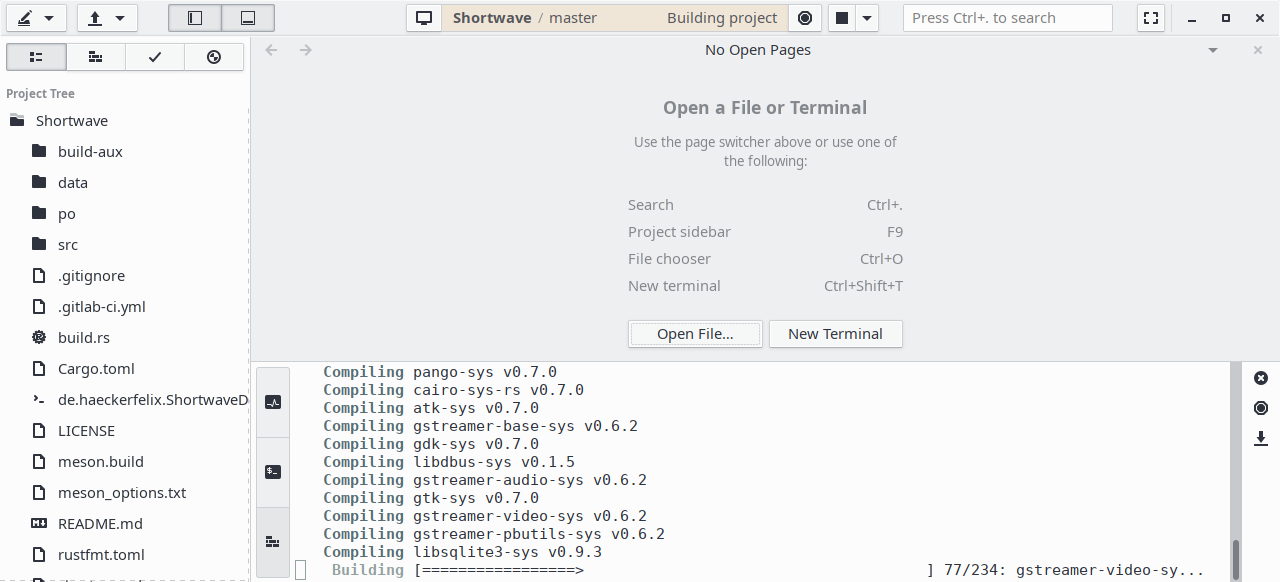Last Updated on September 3, 2020
I recently explored the virtues of odio, a cross-platform radio streaming software that pulls 20,000 stations from a community database, radio-browser.info. Sadly, odio is not released under an open source license, although its developer is considering reviewing the position.
If you’ve a strong commitment to using open source software, is there a good alternative to odio? Step forward Shortwave, a quirky name for software that streams radio stations over the net. Like odio, Shortwave uses the radio-browser.info community database.
Shortwave was previously known as Gradio. Shortwave is its latest reincarnation. Whereas Gradio was written in the Vala programming language, Shortwave is a rewrite in the Rust programming language.
Installation
Shortwave is very bleeding edge software. Whereas Gradio has a variety of installation methods (Flathub, distribution repositories etc.), currently the only way to try Shortwave is to compile its source code.
The developer recommends you compile the Rust source code using GNOME Builder, a general purpose integrated development environment for the GNOME desktop environment. If you’ve not used GNOME Builder before, you’ll find it takes time to set up on the first run.
Here’s an image of GNOME Builder compiling the Shortwave source code. All you have to do is clone the Shortwave repo in Gnome Builder and click the run button.

Next page: Page 2 – In Operation
Pages in this article:
Page 1 – Introduction / Installation
Page 2 – In Operation
Page 3 – Other Features
Page 4 – Summary

Can you explain why Shortwave is an odd name?
Shortwave radio is radio transmission using shortwave radio frequencies. Shortwave radio can be used for very long distance communication, as short waves directed at an angle into the sky can be reflected back to Earth at great distances, beyond the horizon.
Calling the program Shortwave suggests it acts like a shortwave receiver. But it’s an internet radio streamer.
In a time before internet some people used to listen to a radio called a shortwave radio. It tuned to much higher frequencies (3 to 30 MHz) than the normal AM band which allowed the listener to hear shortwave radio broadcasts from all over the world. The signal would fade in and out with the atmospheric conditions but that was half the fun of listening to it. I used to listen to BBC and VOA from Africa all the time for news. Now those same stations are just a click away via an internet stream.
There’s still lots of us listening to shortwave radios, sending in reports and receiving QSLs.
How is this Streaming Software? It’s not, even close… No voice control, no encoders for broadcasting… I don’t get it?